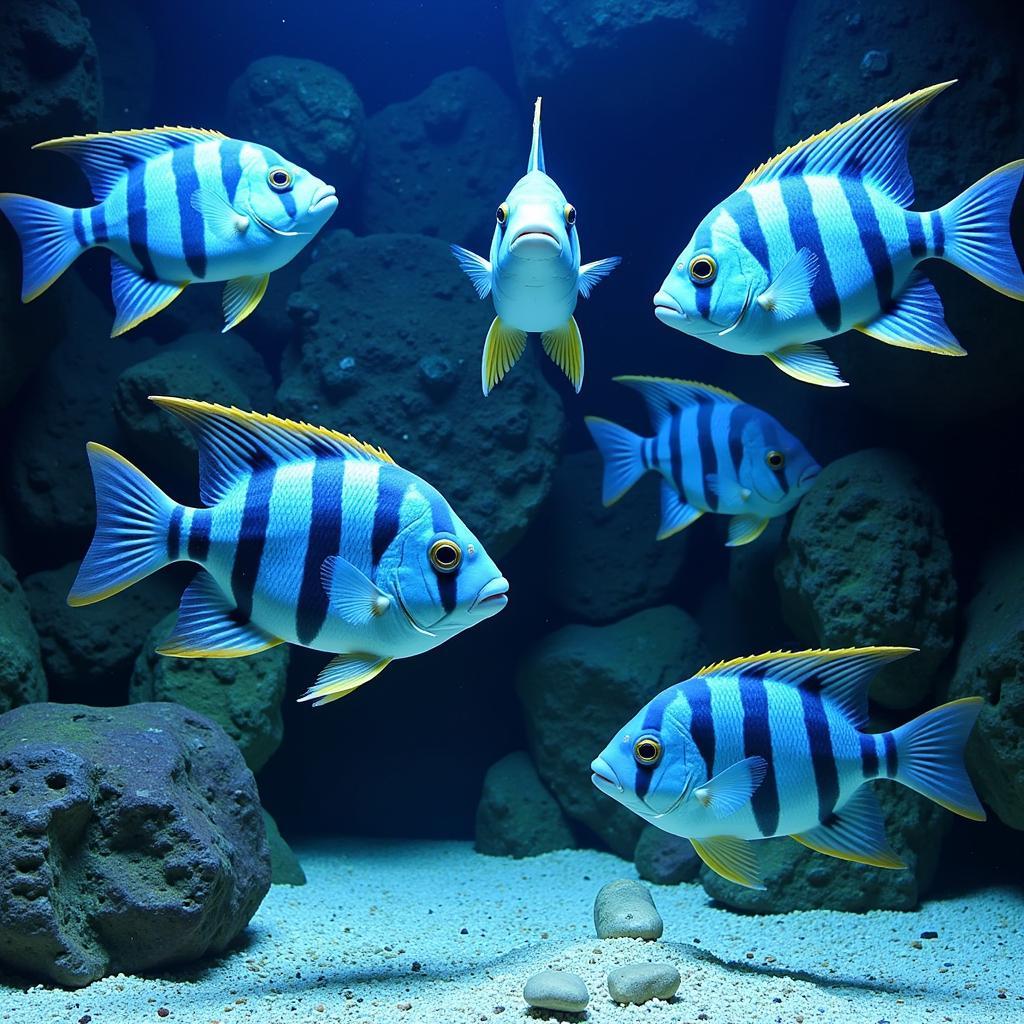The Allure of the African Elephant Line Drawing
The African Elephant Line Drawing, with its simple elegance, captures the very essence of this majestic creature. It’s a popular choice for art lovers and enthusiasts seeking to depict the beauty and grace of these giants. The simplicity of a line drawing allows for a focus on form and movement, highlighting the elephant’s iconic features – the trunk, the tusks, the massive ears.
Decoding the Lines: The Significance of African Elephant Drawings
Beyond aesthetics, African elephant line drawings hold cultural and historical significance. For centuries, these animals have been intertwined with African societies, inspiring myths, legends, and artistic expressions.
-
Ancient Rock Art: Some of the earliest known depictions of elephants are found in ancient African rock art, showcasing the deep connection between humans and elephants dating back millennia. These drawings offer glimpses into the lives and beliefs of our ancestors, illustrating the elephant’s importance in their world.
-
Symbolism and Meaning: The African elephant is often seen as a symbol of strength, wisdom, and power. In many African cultures, it represents family, community, and longevity. Line drawings, therefore, become more than just artistic representations; they embody these rich symbolic meanings.
Mastering the Art: Tips for Creating an African Elephant Line Drawing
Creating your own African elephant line drawing can be a rewarding experience. Here are a few tips to guide you:
-
Observation is Key: Spend time observing images or videos of African elephants. Pay attention to their anatomy, their movements, and their unique characteristics. This will help you capture their essence in your drawing.
-
Start with Basic Shapes: Break down the elephant’s form into simple shapes like circles, ovals, and rectangles. These will act as guidelines for your drawing, making it easier to achieve accurate proportions.
-
Focus on the Line: Experiment with different line weights and styles to create depth and dimension in your drawing. Use light, flowing lines to suggest form and heavier lines to define contours and shadows.
-
Don’t Be Afraid to Experiment: There’s no right or wrong way to create a line drawing. Allow yourself to experiment with different techniques and styles to find your own unique approach.
From Canvas to Culture: Exploring African Art
The popularity of the African elephant line drawing extends beyond individual artistic pursuits. It’s a theme frequently explored in various art forms across the continent:
-
Contemporary African Art: Many contemporary African artists incorporate elephant imagery in their work, using various mediums and techniques. These artworks often explore themes of conservation, human-animal relationships, and the challenges faced by elephants in a changing world.
-
Textiles and Fashion: The African elephant motif is prevalent in traditional and modern textiles, clothing, and accessories. From intricate beadwork to bold prints, the elephant design adds a touch of cultural flair and elegance.
[african animal drawings]
Beyond the Lines: Conservation through Art
The African elephant, despite its size and strength, faces numerous threats, primarily habitat loss and poaching. Art, including the simple yet powerful medium of line drawings, can play a crucial role in raising awareness and promoting conservation efforts:
-
Art as Advocacy: Artists and conservationists often collaborate to highlight the plight of elephants and inspire action to protect them. Line drawings, with their minimalist aesthetic, can be particularly impactful, focusing attention on the animal’s vulnerability.
-
Supporting Ethical Art: By purchasing artworks featuring African elephants from ethical sources, individuals can contribute to organizations working towards elephant conservation and community development.
[african forest elephant congo animals]
Conclusion
The African elephant line drawing, more than just a simple sketch, encapsulates the enduring connection between humans and these magnificent animals. It’s a testament to their beauty, their cultural significance, and their enduring presence in the African landscape. By appreciating and creating these drawings, we celebrate the elephant’s magnificence and contribute to efforts aimed at ensuring their survival for generations to come.


